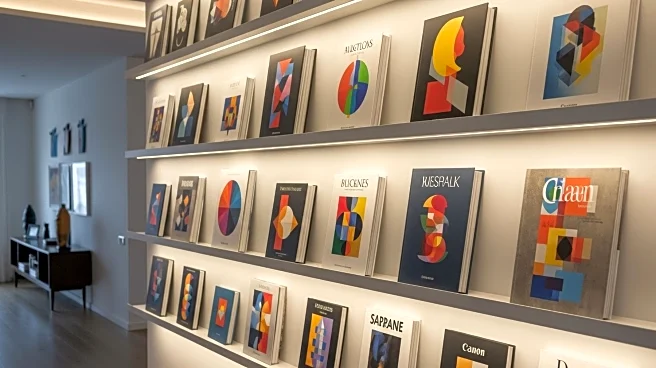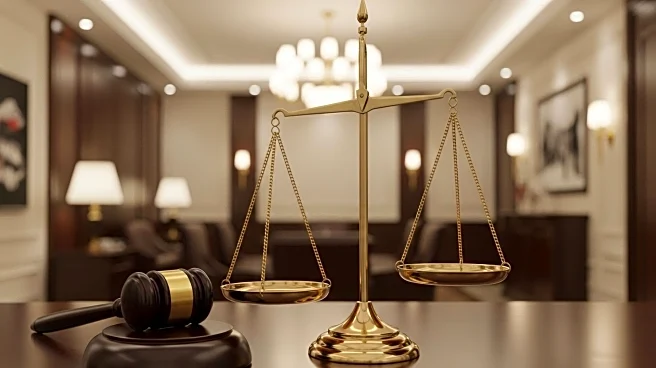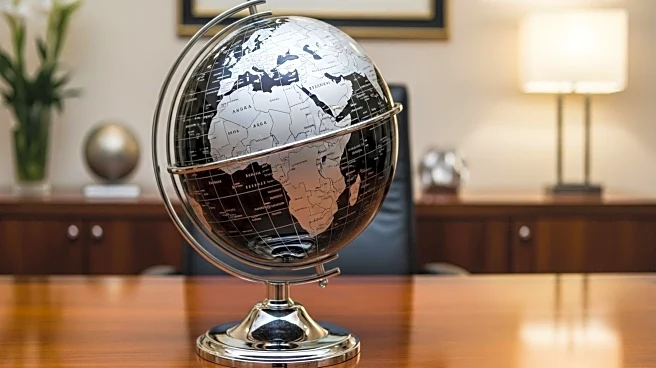What's Happening?
The Robert Rauschenberg Foundation is commemorating the 100th anniversary of the birth of the influential American artist Robert Rauschenberg. To honor his legacy, the foundation has organized more than half a dozen exhibitions worldwide, focusing on various aspects of Rauschenberg's life and work. These exhibitions include 'Five Friends' at the Museum Ludwig in Cologne, which explores his relationships with contemporaries, and 'Robert Rauschenberg: Fabric Works of the 1970s' at the Menil Collection in Houston, highlighting his experimentation with materials. Additionally, the Menil's senior curator, Michelle White, has curated a selection of five key books that delve into Rauschenberg's diverse career, offering insights into his artistic journey and collaborations.
Why It's Important?
Robert Rauschenberg's centennial celebrations underscore his significant impact on modern art and his role in shaping contemporary practices. His innovative use of materials and cross-disciplinary collaborations have influenced generations of artists, making him a pivotal figure in post-war art. The exhibitions and publications not only celebrate his artistic achievements but also provide a deeper understanding of his contributions to art history. This global recognition highlights the enduring relevance of Rauschenberg's work and its influence on current artistic and cultural dialogues.
What's Next?
The exhibitions and publications are expected to attract art enthusiasts, scholars, and the general public, fostering renewed interest in Rauschenberg's work. As these events unfold, they may inspire further research and discussions on his artistic legacy and influence. The exhibitions will run through early 2026, providing ample opportunity for audiences worldwide to engage with Rauschenberg's art and ideas. The foundation's efforts may also lead to new collaborations and projects that continue to explore the intersections of art, politics, and society.
Beyond the Headlines
Rauschenberg's work often challenged traditional boundaries, incorporating elements of politics, gender, and social issues into his art. His use of fabric and other unconventional materials questioned established norms and opened new avenues for artistic expression. The centennial celebrations not only honor his artistic achievements but also invite reflection on the broader cultural and ethical implications of his work. As the art world continues to evolve, Rauschenberg's legacy serves as a reminder of the power of art to provoke thought and inspire change.











